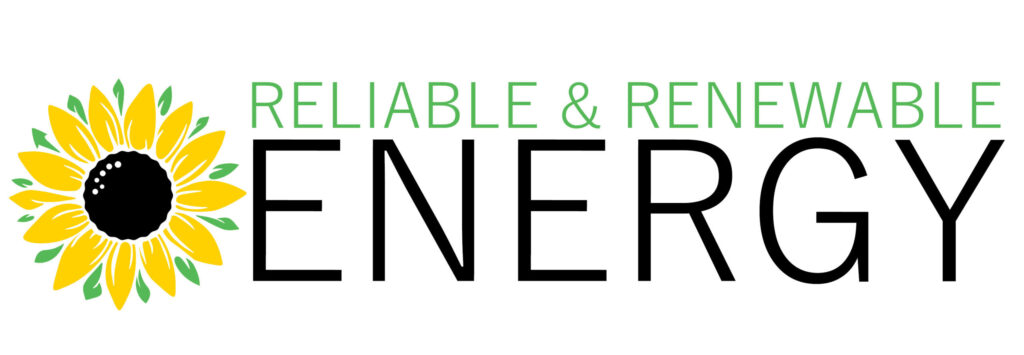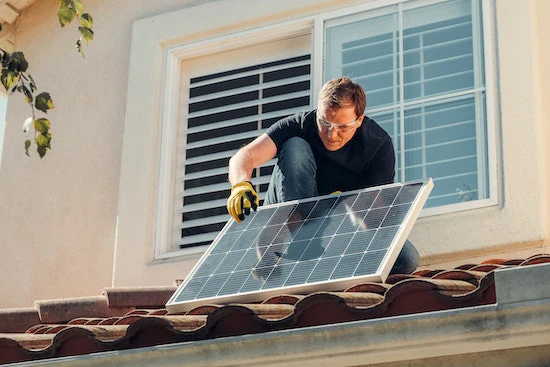How Long Does It Take To Install A Solar Panel?
You want to install solar panels to enjoy energy independence and lower utility bills. The first thing on your mind will be the installation process that is required to set up the entire solar panel equipment.
Here we have shared in detail all you need to know about the solar panel’s installation process and what to expect from start to finish.
The length of time it takes to install solar panels can vary depending on many factors, including the size and complexity of the installation, the type and quality of the panels and related equipment, and the location of the project.
On average, the installation of solar panels on a typical residential property can take anywhere from a few days to a week or more, depending on the specific circumstances. For a commercial installation, the process may take longer, as larger, more complex systems are typically involved.
The home solar panel installation process generally involves several steps, including site assessment and design, permit acquisition, panel installation, and system testing and commissioning. Some of these steps may take longer than others, and unforeseen issues or delays can also impact the timeline.
It’s important to work with a qualified solar panel provider to get a better understanding of the installation process and the timeline for your specific project. They should be able to provide a detailed schedule and timeline and work with you to ensure a smooth and efficient installation process.
What Steps Are Needed to Ensure a Smooth Installation of Solar Systems?
The installation process for solar panels generally involves the following steps:
Site assessment and design:
The first step in the installation process is to assess the site where the solar panels will be installed. This includes evaluating the size and orientation of the building, the available space for the panels, and the local climate and weather conditions. Based on this assessment, the solar panel provider will design a customized solar panel system that meets the energy needs of the building.
Home solar in Minnesota
Minnesota is located in the north-central United States and has a diverse climate that can vary significantly depending on the location within the state.
The state generally receives a good amount of sunlight, especially during the summer months, which makes it a good location for solar panels. However, the amount of sunlight can vary significantly depending on the location within the state and the time of year. In general, the southern and western parts of the state tend to receive more sunlight than the northern and eastern parts. Solar Installers Minnesota can ensure a smooth installation process for your home solar panels.
Overall, Minnesota’s climate is generally favorable for solar panels, and the state has a strong solar industry with many options for solar panel installation and financing. It’s worth considering the specific climate and weather conditions in the area where you are considering installing solar panels and working with a qualified solar panel provider to determine the best solution for your needs.
Permit acquisition:
Depending on the location, it may be necessary to obtain permits from local, state, or federal agencies before installing solar panels. The solar panel provider should be able to assist with this process and ensure that all necessary permits are obtained.
Panel installation:
Once the design and permit acquisition are complete, the panels can be installed. This typically involves mounting the panels on the roof or the ground near the building and connecting them to the building’s electrical system through a solar inverter.
Where do I install it?
The best place to install solar panels in a building will depend on a variety of factors, including the size and orientation of the building, the available space for the panels, and the local climate and weather conditions. Some common locations for solar panel installations include rooftops, ground-mounted systems, and carports.
Rooftop:
Rooftop solar panels are a popular choice for many buildings, as they take advantage of existing roof space and can be easily integrated into the design of the building. However, it’s important to ensure that the roof is structurally sound and able to support the weight of the panels and that the panels are properly oriented to maximize sunlight exposure.
Ground-mounted.
Ground-mounted solar panels are a good option for buildings that have limited roof space or are not suitable for rooftop panels. These systems can be installed on the ground near the building and can be either free-standing or mounted on a supporting structure.
Carport:
Carport solar panels are a type of ground-mounted system that is installed on a carport or other covered area, providing both shade and electricity for vehicles.
Overall, the best location for solar panels will depend on the specific needs and constraints of the building and the surrounding area. It’s important to work with a qualified solar panel provider to determine the most appropriate location and design for your specific project.
System testing and commissioning:
After the panels are installed, the solar installer’s Minnesota provider will test and commission the system to ensure that it is functioning properly and efficiently. This may involve adjusting the panels and inverter settings, as well as verifying that the system is producing the expected amount of electricity.
Verification:
Solar panel system testing is the process of evaluating and verifying the performance and functionality of a solar panel system. This is typically done after the installation of the panels to ensure that the system is producing the expected amount of electricity and operating efficiently.
Verifying panel orientation and tilt: The orientation and tilt of the panels can significantly impact their performance. The solar panel provider will verify that the panels are properly oriented and tilted to maximize sunlight exposure.
Checking panel and inverter connections: The solar panel provider will check all connections between the panels and the inverter to ensure that they are secure and functioning properly.
Testing system performance: The solar panel provider will measure the amount of electricity being generated by the system to ensure that it is producing the expected amount. They may also test the system’s performance under different weather and lighting conditions.
Commissioning the system:
Commissioning the panels in the home solar system involves activating them and making any necessary adjustments to ensure that they are operating efficiently. This typically occurs after the installation and testing of the panels to verify that they are producing the expected amount of electricity and are functioning properly.
Activating the inverter: The solar panel provider will turn on the inverter, which is the component that converts the electricity generated by the panels into a form that can be used by the building.
Testing system performance: The provider will measure the amount of electricity being generated by the system to ensure that it is producing the expected amount. They may also test the system’s performance under different weather and lighting conditions.
Adjusting the system: If necessary, the solar panel provider will make any necessary adjustments to the system to optimize its performance and efficiency. This may include adjusting the orientation and tilt of the panels, as well as the inverter settings.
Commissioning a solar panel system is an important step in the installation process, as it ensures that the system is operating efficiently and can generate the expected amount of electricity. It’s important to work with a qualified solar panel provider to ensure that the system is properly commissioned. Top of Form
Overall, solar panel system testing is an important step in the installation process, as it helps to ensure that the system is functioning properly and producing the expected amount of electricity. It’s important to work with a qualified solar panel provider to ensure that the system is properly tested and commissioned. Solar installers in Minnesota ensure you receive the best services for adequate and efficient verification and commissioning of home solar.
Solar Panel Benefits
Solar panels can provide a variety of economic benefits, both for individuals and for society as a whole. They can significantly reduce energy costs for individuals and businesses by generating electricity onsite. This can result in a lower energy bill and a quicker return on investment.
They can increase the value of a property by making it more energy-efficient and attractive to potential buyers or tenants. The solar panel industry is a growing sector that provides a wide range of job opportunities, including installation, maintenance, and manufacturing.
Many governments offer financial incentives and tax credits to encourage the use of solar panels, which can help offset the cost of installation and accelerate the return on investment. They are a clean and renewable source of energy that can help reduce greenhouse gas emissions and other pollutants, which can have a positive impact on the environment.
So the economic benefits of solar panels can vary depending on many factors, including the size and complexity of the installation, the type and quality of the panels and related equipment, and the location of the project. It’s important to carefully assess these factors and work with the qualified solar panel provider at Solar Installers Minnesota to determine the most appropriate and cost-effective solution for your needs.

